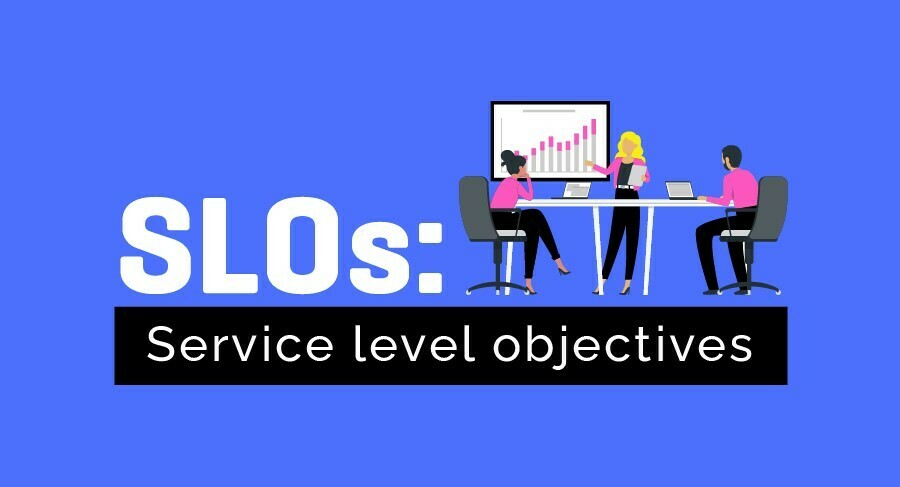SLA and SLOs are both agreements that are acronyms for service level agreements and service level objectives. Both of these agreements are used as a measure of the nature of services that shall be dissipated by a service provider. We will talk about SLA VS SLO in some detail, but before that, it is of consequence to understand that the synergetic adherence to SLA and SLO is imperative for the seamless functioning of a service provider.
What Is SLA
SLA can be defined as a service level agreement that is agreed upon by the service provider and the respective client. It elucidates the exact nature of the services that shall be delivered by the service provider in a timely, systematic and pre-decided manner. SLA’s clearly state the rights, responsibilities and duties of both the parties. In case of any error or discrepancy, the penalties and corrective course of action are also specified in SLAs.
What Is SLO
SLO is short form for service level objectives. It is within the scope of SLA and it specifies a particular promise or agreement that you shall be making to the customer in terms of the service. In a nutshell, it can be ascertained that SLOs need to be net in order to ensure the SLA is not violated. SLOs can be regarding metrics like error time, response rate, lead time etc. By adhering to the scope of SRE’s, companies can ensure that their resources and efforts are in line with the scope and vision of the deliverables that are promised to the clients.
SLA VS SLO
Here are some key points to understand the SLO and SLA smeaning as well as slo vs sla.
- SLO is a particular target that can be measured. It is aimed at measuring the quality of service that is being rendered.
- SLAs are focused on setting internal goals and performance indicators for a company. SLA’s, on the other hand, are an agreement between the service provider and the client, pertaining to the service that is being provided.
- The SLOs are set from the company’s perspective and the SLA sheds light on the roles and responsibilities of the client and the company.
- SLAs rely on the cumulative adherence of various SLOs for their completion.
- A violation of SLOs or any kind of discrepancy in their working can act as a scope for improvement and enable the personnel to take remedial action to avoid violating the SLA. A violation of SLA can result in penalties and breach of contract.
Conclusion
The success of any service-related industry depends upon the quality of its deliverables. By having clear targets for performance metrics, an organisation can ensure that its resources are optimally utilised and any kind of anomaly is timely reported and corrected. The access of SLOs results in the success of SLA’s and sides well for the reputation of the company.
